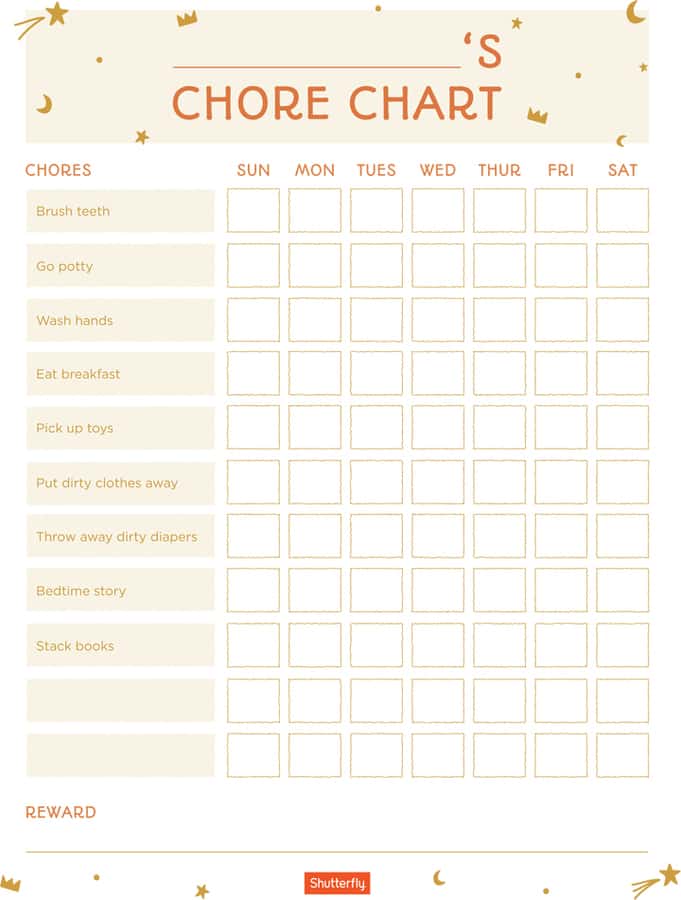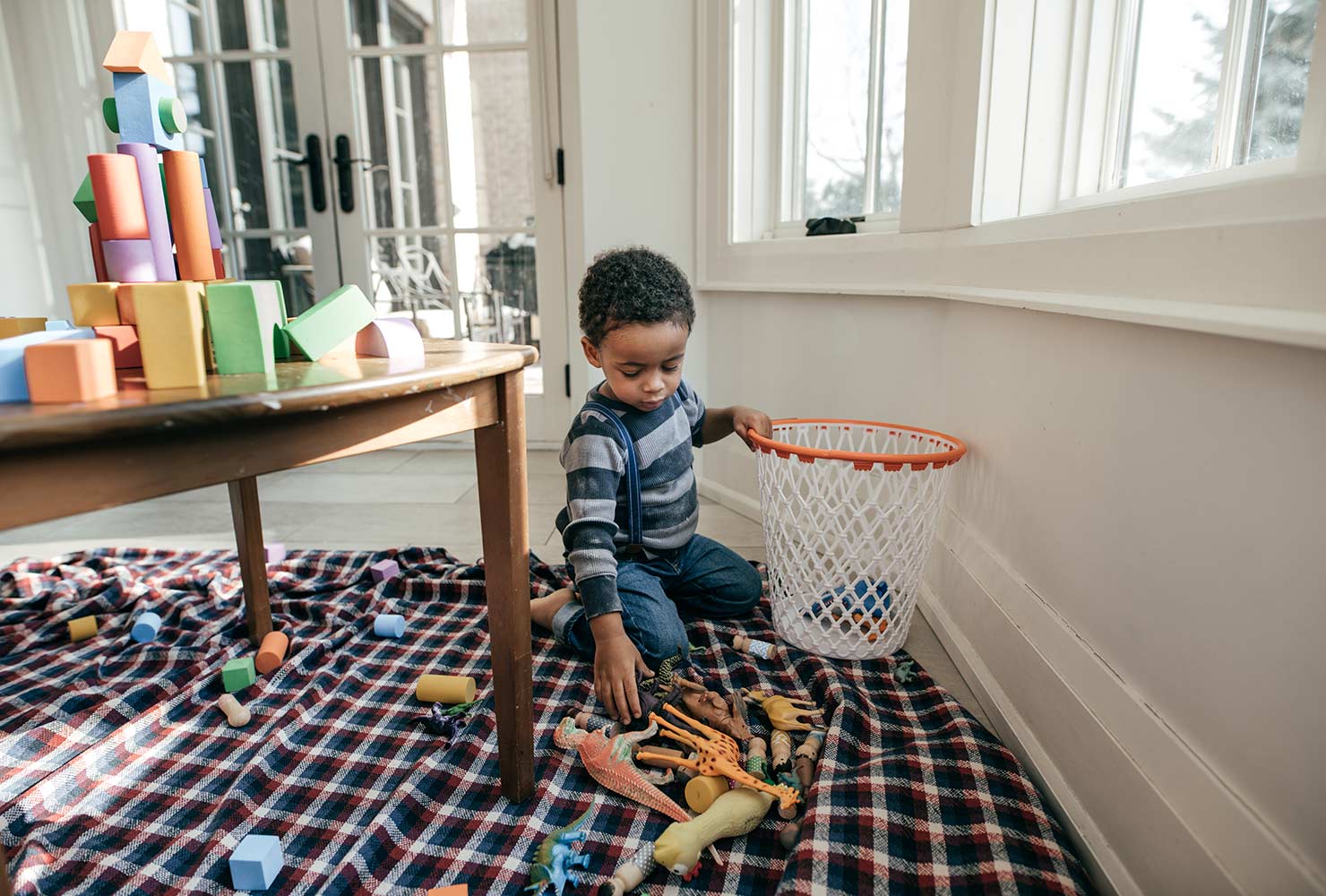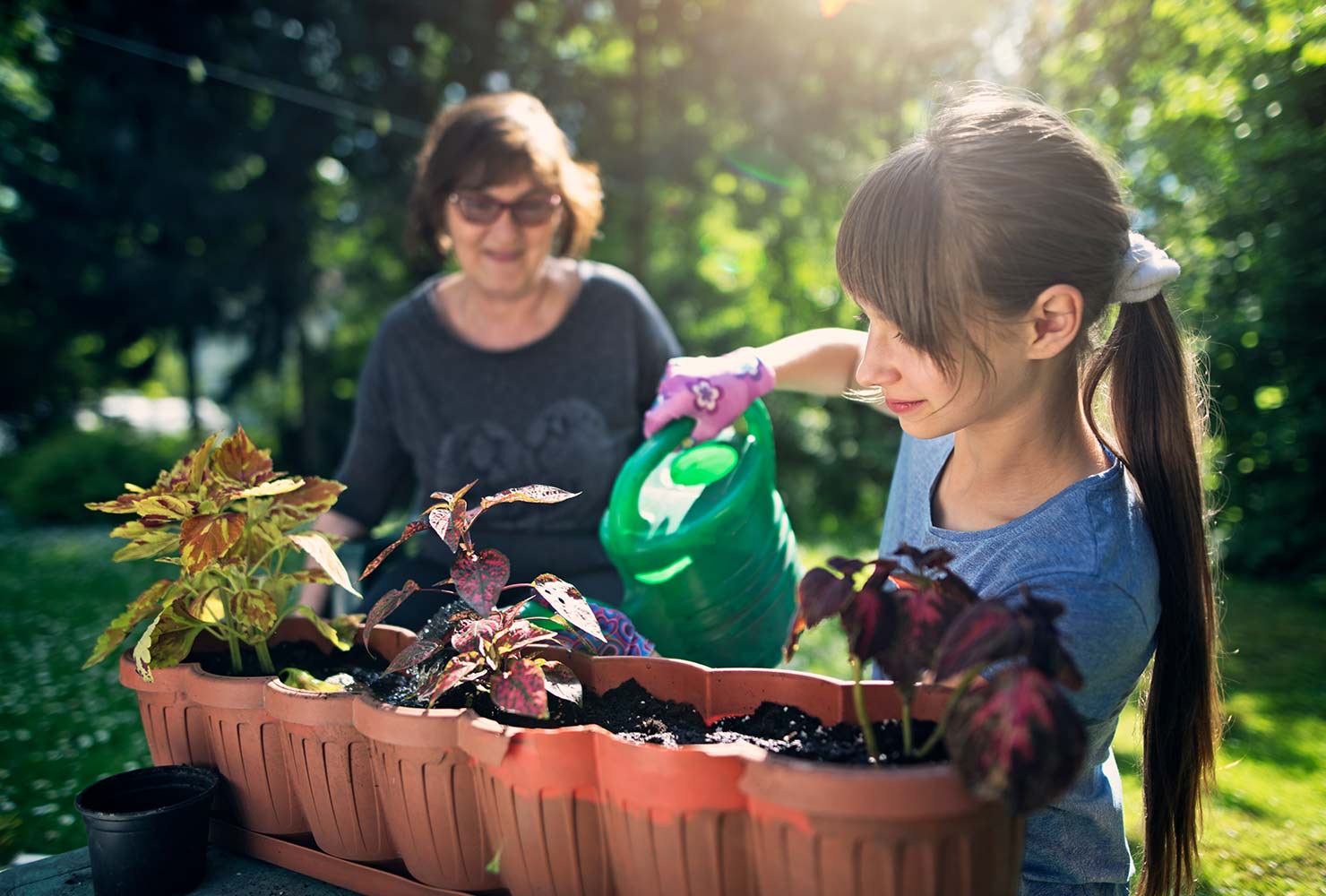Introducing a little responsibility into your child’s day is a great way to teach them important values on hygiene, self-care and even empathy. With summer here, I thought I’d share with you these fun chore charts for kids from our friends at Shutterfly to keep your little ones busy and motivated during their break.
(see bottom of post for all chore chart printables)

When assigning chores, it’s important to give age-appropriate tasks that are both easy and challenging. This will help them feel encouraged when they cross something off their list and excited to take on another task. Don’t be afraid to get creative and assign chores that are fun or involve a little creativity. This can be anything from decorating a room and assigning them some fun canvas art, reading or volunteering.
Since it’s summer break and you still want your kids to play and have fun, be sure to put together a reward and praise system. These chore charts include customizable points and rewards that will help you set some goals and appropriate prizes for reaching those goals. Whether it’s a treat, a trip to the beach or a toy of their choice, they’re sure to have a balanced summer!
How To Introduce Responsibility

Below are some things to consider when adding chores or responsibilities to your child’s day. Again, keep their age in mind as overwhelming them with difficult chores or only assigning menial to-dos will ensure that they won’t follow through.
Keep It Simple
Don’t over-complicate the chores. A good rule of thumb, especially if you have a chore chart, is to keep the chore to a phrase or short sentence. Chores containing two or more steps can lead to partially completed tasks. If you want to assign something that involves several steps—like cleaning a room—separate it into a few smaller tasks. Consider spreading them out during the week to allow for ample homework and play time as well.
Introduce Both Small And Big Tasks

Simple things like setting the table for dinner and taking out the trash are easy tasks they can do on a daily basis. However, try adding a few challenging tasks every now and then or activities that involve helping others. This can include things like bathing their pet or helping you fix something around the house.
Be Consistent
The key to building any healthy habit is consistency. Keep a weekly chart with daily chores or assign a few deadlines throughout the week depending on their schedule. Once they know how to perform a chore, make sure they keep at it. For example, if they already know how to make a bed, let them make it every day from that point on.
Establish A Reward/Praise Program

Rewards are usually the best and easiest tool to keep kids motivated. They also come in handy when your child has a chore they don’t particularly enjoy––we all had those growing up. We continue to do things we don’t particularly enjoy like washing the dishes or doing laundry, but they’re necessary tasks that need to get done.
Make sure the reward system you establish is subtle and sparse. Otherwise, your kiddo might only feel motivated to finish a chore if they receive a reward. We recommend rewarding whenever you introduce a new chore or when a certain amount of chores are completed throughout the week.
It doesn’t always have to be a physical reward––it can be a simple praise or expression of gratitude. Praise is very much encouraged and we recommend that you give it often both before and after the chore is completed to build positive momentum.
Make It Fun

A good way to keep your little one motivated as they learn new chores is by adding a fun element or twist to their chores. Assign some play time on their schedule like painting or crafting and a chore on the chart that includes cleaning up after playtime.
For toddlers, making up a song while you clean up is an easy way to get them excited or make the chore go by quickly. For older kids, treats like ice cream or video game time can encourage them to complete their chores before you even have to remind them.
Age Appropriate Chores

When putting together a chart and assigning different tasks, make sure you keep your child’s development in mind. Thinking about the skills they’re learning both at home and at school can help you brainstorm chores and activities that will be beneficial to their growth in more ways than one.
Ages Two To Three

In the early stages, you want to include tasks that focus on their motor skills and provide mental stimulation. For those learning how to walk, place their toy bin on the other side of the room so it encourages them to walk to put away their toys. For toddlers, teach them how to stack books and items by size or color to make their transition to kindergarten a bit easier.
- Put toys away
- Carry small items to the trash
- Put dirty clothes away
- Brush teeth
- Put away and stack books
- Fetch and throw away diapers
- Throw away trash
Ages Four To Six

For young kids, personal hygiene and care is key. Make sure they’re consistent with things like brushing their hair and teeth, showering, cleaning their room and eating healthy foods to build good habits as early as possible.
- Dress themselves and pick out their clothes
- Brush their teeth
- Help carry and put away groceries
- Pack snacks
- Comb hair
- Water flowers
- Feed pets
- Finish homework
Ages Seven To Ten

For older kids, adding challenging chores that involve helping and caring for others will help them build a sense of independence and social responsibility. Make them responsible for the care of your family pet, take them for a weekend to their grandparents’ to help them around the house, or add a hanging planter in their room to care for.
- Clean up their bedroom
- Write down some healthy lunch ideas and pack daily
- Help set and clear the table before and after meals
- Help load and unload the dishwasher
- Fold and put away their clean clothes
- Make the bed
- Garden or care for a plant
- Care for a pet
- Sweep or vacuum
Reward Ideas

In your chart, include rewards they can look forward to when they complete a chore or a week of chores. Include small rewards like a sweet treat or game time for daily chores completed and bigger rewards after completing a set amount of responsibilities.
- Fun weekend activity of choice
- Playdate
- Dessert or treat
- Dinner of choice
- Allowance
- One hour of phone/videogame time
Now that you have an idea of how to start a chore chart, you’re ready to implement some responsibilities. Just remember to be patient, set clear expectations and make their learning a priority. When all of your to-dos and your child’s chores are done, don’t forget to take a much-deserved break and enjoy some quality time with your family.



